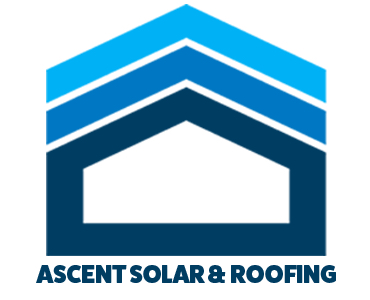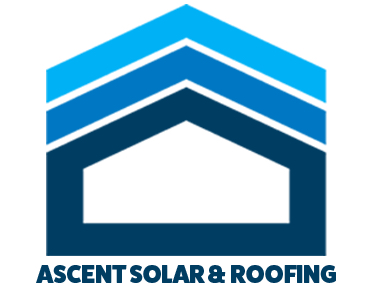
Table of Contents:
- Introduction to Solar Panel and Roof Integration
- Evaluating Roof Suitability for Solar Panel Installation
- Selecting the Right Solar Panels for Different Roof Types
- Structural Assessment and Load Bearing Considerations
- Detailed Installation Process and Industry Standards
- Maintenance and Roof Integrity Post-Installation
- Economic Analysis: Costs and Returns
- Case Studies: Real-World Examples of Successful Integration
- Conclusion
- Contact Ascent Solar and Roofing
Introduction to Solar Panel and Roof Integration
Combining solar panels with existing roofs is a crucial step for many homeowners adopting renewable energy. This article provides an in-depth exploration of integrating solar panels with various roof types, focusing on the feasibility, practical considerations, and benefits of such installations.
Evaluating Roof Suitability for Solar Panel Installation
The suitability of a roof for solar panel installation is dependent on several factors including age, condition, material, orientation, and slope. The Solar Energy Industries Association (SEIA) provides guidelines on initial roof assessments to determine solar potential.
Selecting the Right Solar Panels for Different Roof Types
The compatibility of solar panels with different roof materials is vital. We will explore suitable solar panel types for common roofing materials like asphalt, metal, and tile, referring to industry standards and manufacturer recommendations to ensure optimal compatibility and efficiency.
Structural Assessment and Load Bearing Considerations
Before installation, a structural assessment is essential to evaluate the roof's ability to support the weight of solar panels. This section will discuss the importance of consulting with structural engineers, referencing standards from the American Society of Civil Engineers (ASCE) for ensuring safety and structural integrity.
Detailed Installation Process and Industry Standards
Installing solar panels involves a series of steps adhering to industry standards. We'll provide a detailed overview of the installation process, from mounting systems to electrical integration, highlighting best practices as outlined by the National Electrical Code (NEC) and local building codes.
Maintenance and Roof Integrity Post-Installation
Post-installation, maintaining both the solar panels and the roof's integrity is crucial. Regular maintenance schedules and inspections, as advised by roofing professionals, can prolong the lifespan of both the solar system and the roof.
Economic Analysis: Costs and Returns
Integrating solar panels involves analyzing the investment costs against long-term returns. This section will delve into the financial aspects, including installation costs, potential energy savings, and return on investment, supported by data from financial studies in renewable energy.
Case Studies: Real-World Examples of Successful Integration
To illustrate practical applications, official sources like the Department of Energy (DOE) and NREL have tons of cases. These will include examples of residential and commercial properties that have successfully integrated solar panels with their existing roofs, focusing on the challenges, solutions, and outcomes of these projects.
Conclusion
Integrating solar panels with an existing roof is a feasible and beneficial option for many property owners. With careful planning, adherence to industry standards, and professional installation, solar panels can significantly enhance a property's energy efficiency and sustainability.
Contact Ascent Solar and Roofing
Ascent Solar and Roofing specializes in seamlessly integrating solar panels with existing roofing structures. Our team of experts is equipped to assess, advise, and implement solar solutions tailored to your specific roofing needs. Contact us to explore how solar energy can be a part of your sustainable living plan, and for assistance with every step of your solar journey.


